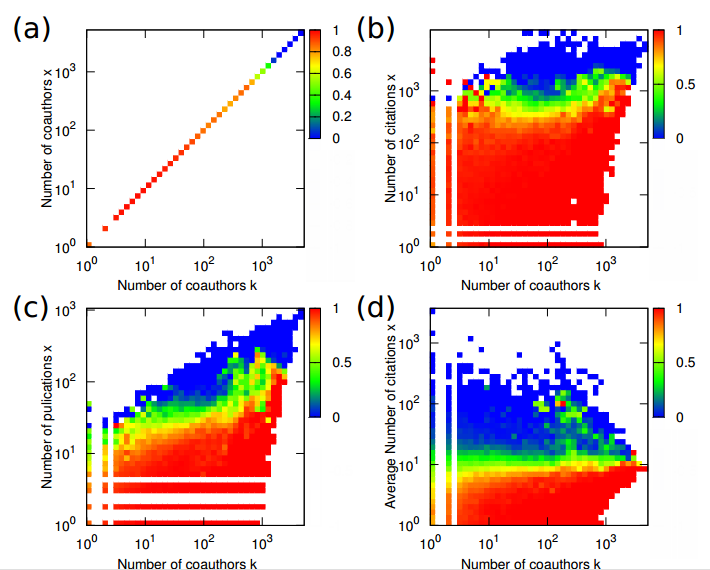Investing comes in many forms, one of the most popular is investing in stocks. Many can get rich in a heartbeat, but many can fall deep into the abyss very quickly as well, because there is no absolutely accurate formulas to derive the future of the market. However, with the use of game theory concepts, the chances of landing a profit in the investment will increase.
Many people will perform many kinds of analysis on the stocks they would like to purchase, but at the very basis of investing, the investors sentiment is the basis of most of the investments in specific stocks. Sentiment is the emotion which the investors feel towards the stock itself and not the company; hence, the investors are trying to predict what majority of the other investors are going to invest in. The more investments made to a particular stock, the higher the price will go, thus more profit for each investor.
Now of course this market doesn’t only consist of one other type of player like the examples showed in lecture, where there are only player A and B, now it consists of a very large amount of players, such as individual investors, governments, corporations, hedge funds, etc. Additionally, there are different kinds of strategies, such as limit buy/sell, shorting or options, to make profits.
Let us set up a scenario as an investor, you would like to buy some stocks of companies you like, and you came across two companies that you have great interest in. Assuming that you are able to accurate predict and formulate this payoff matrix for stock A and B after a year, which one would you choose to buy?
Stock A:
| You/others | Buy | Sell |
| Buy | 70, 70 | -50, 90 |
| Sell | -50, 90 | 10, 10 |
Stock B:
| You/others | Buy | Sell |
| Buy | 60, 90 | -30, 100 |
| Sell | -30, 100 | 95, 95 |
Clearly there is no dominant strategy for either stocks, since we can see that for both stocks, regardless of you buying more after one year or selling after one year depends on what all other people are doing in the market. However, you can use mixed strategy equilibrium to predict which is a better buy. Let p equal to you buying in and q equal to others buying. If you do the calculations, you will get that for stock A, p = 4/5 and q = 1/3, for stock B, you get q = 25/43 and p = 19/21.
Based on these data, you can say that it is better to buy stock B since the probability of other investors buying stock B is larger than the probability of other investors buying stock A (25/43 > 1/3). As stated before, the more people that buys the stock, the higher the stock is valued. Under the circumstance of no dominant strategies exist for both stocks, using mix strategy allows you to have a better forecast on which stock to purchase.
To generate an accurate model of the market’s future is basically impossible, but we can use computers to help us model all different types of scenarios to conclude a set of results that we can use to help while we invest. This simple scenario is just to show that exercising game theory concepts on top of the other analytics one performs when investing will increase the chances of yielding more profit. But keep in mind that the stock market is far more complex and far more unpredictable than any situations.
Citations:
https://www.businessinsider.com/ben-hunt-on-the-sentiment-game-2013-11
https://seekingalpha.com/article/4357662-investing-game-theory

